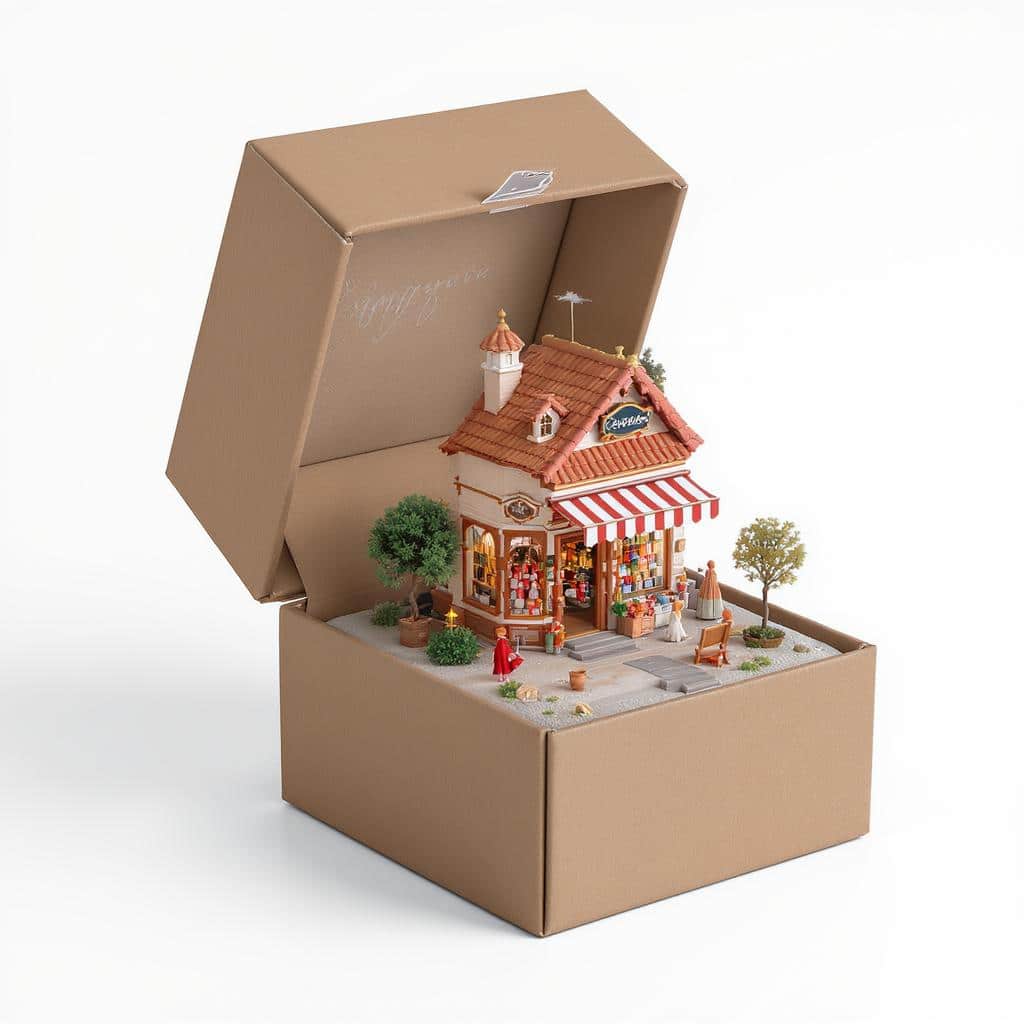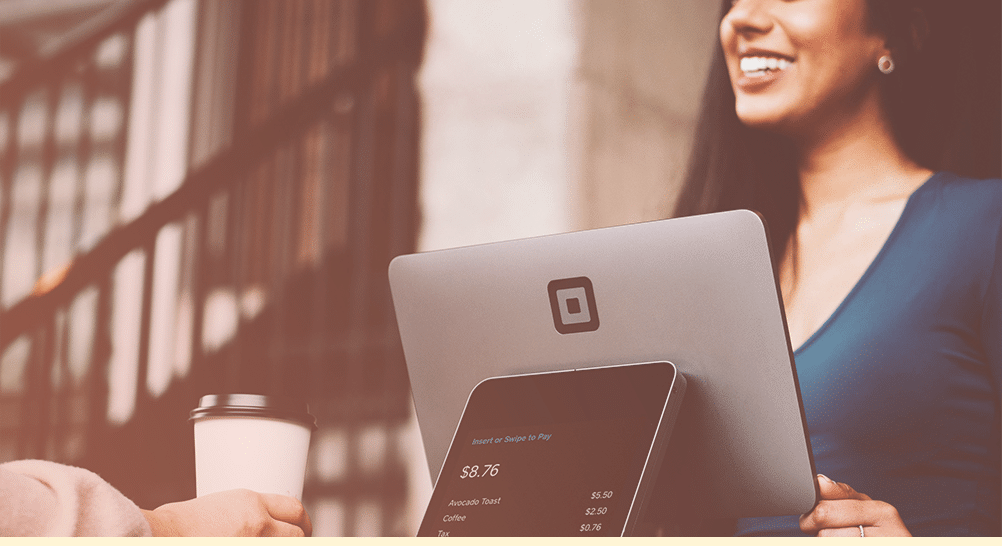Primary causes of the current inflation predicament
The pricing feedback loop
Pricing bubbles pop when they hit the ceiling
How to stop the bleed via pricing A/B testing
Primary causes of the current inflation predicament
Inflation occurs when prices spike but the value in money does not change, resulting in consumers getting less for the same amount of money. For example, if you purchase groceries from a store, and it costs you $100, but the following year it costs you $105 for the exact same items, then inflation for that year is 5%.
Many banks and consumers naturally anticipate an inflation rate of 2-3% over a given year. But the US Inflation Calculator places the “annual inflation rate for the United States [at] 8.3% for the 12 months ended April 2022 after rising 8.5% previously.” By comparison, the highest monthly inflation rate in the housing crises of 2008 was 5.6%.
While many factors can impact inflation, the current inflation predicament is attributable to three primary elements: demand-pull from government stimulus programs and supply-chain disruption; cost-push from labor shortages and supply shock; and built-in inflation from rising expectations.
Demand-pull inflation
Demand-pull inflation happens when demand on a product surpasses the supply of the product. With COVID-19 two things occurred to empower demand and to decrease supply. First, according to the New York Times, the government spent 5 trillion in pandemic stimulus programs to support those who were facing economic hardship during a time of great financial insecurity. It was, in many ways, a necessary evil. A report published by the Federal Reserve Bank of San Francisco in April 2022 notes that “without these spending measures, the economy might have tipped into outright deflation and slower economic growth.” However, 5 trillion is a significant sum to be pumped into any economy. The same report, therefore, also points out, “the sizable fiscal support measures aimed at counteracting the economic collapse due to the COVID-19 pandemic could explain about 3 percentage points of the recent rise in inflation.”
The second element from COVID-19 to contribute to demand-pull inflation has been the supply-chain disruption. Quarantines, remote work, increased customs regulations, and increased border controls all contributed to decreased output and bottlenecks at ports – a problem that does not have a foreseeable end in sight. The World Economic Forum emphasizes that, “Many chief executives now identify supply chain turmoil as the greatest threat to their companies’ growth and their countries’ economies.” Taken together, a 5 trillion dollar increase combined with a decrease in supply have contributed to demand-pull inflation, with demand for end products being greater than the supply.
Cost-push inflation
Supply-chain disruption is also impacting cost-push inflation; however, with cost-push the primary focal point is on deficient production supplies driving up production costs. Included under the umbrella of “production supplies” is any factor that contributes to production, including raw materials, capital, and labor. If any of these inputs are inadequate, the resulting outputs will also be lower or insufficient, and the resulting increase in production costs will increase final pricing.
Greg Crabtree, a Partner at Carr, Riggs & Ingram, indicates that labor shortages began pre-pandemic in 2019. These shortages were then exacerbated by pandemic woes. While cost-push inflation can be the consequence of greedy monopolistic pricing, currently it has resulted more from these labor shortages. Potential employees are disinclined to work for less when opportunities for more abound, and jobseekers are also eyeing inflation and recognizing a need for salaries to rise commensurate to a rapidly increasing cost of living. But as wages increase, so do production costs.
Built-in inflation
Which brings us to our final inflation contributor: built-in inflation, sometimes referred to as inflation expectations. When rising costs lead to speculation and anticipatory price hikes, expectations turn into realities and become self-fulfilling – as explained by Ceyda Öner from the International Monetary Fund, “Expectations also play a key role in determining inflation. If people or firms anticipate higher prices, they build these expectations into wage negotiations or contractual price adjustments (such as automatic rent increases). This behavior partly determines future inflation; once the contracts are exercised and wages or prices rise as agreed, expectations have become self-fulfilling.”
The pricing feedback loop
A positive feedback loop happens if the product of a reaction causes the same reaction to recur. For example, in drought conditions plants may die, this then limits the amount of water vapor bioavailable to the air, causing continued drought conditions.
Inflation pricing also is part of a positive feedback loop. Increases in prices cause further increases in pricing, and the inflation becomes self-sustaining. If prices rise on wood, then prices will also rise on construction, raising housing prices. If a house costs more than is feasibly sustainable by a consumer’s current situation, that consumer will look for a new job or a wage increase to sustain their quality of life. The higher wage or job change can then contribute to other labor shortages and increased production costs, and the cycle or feedback loop continues.
Pricing bubbles pop when they hit the ceiling
A bubble forms when prices increase significantly over actual product value to the point that sustaining those prices becomes untenable. Prices can only rise so far before they hit a ceiling in which consumers can no longer feasibly afford the product(s). A fast food restaurant, for example, may increase prices and see a temporary boom in the short run. The reason is that when a consumer pulls into a drive through and realizes prices are high, the likelihood they will drive away is low. They’ll purchase the product, and at the higher prices, the restaurant will see immediate financial gains. But the question becomes whether the customer will return. Will the pricing increases result in a long-term loss of business?
How to stop the bleed via pricing A/B testing
Finding the best pricing, therefore, can become a real challenge for businesses who need to raise costs to meet production expenses but who do not want to lose business in the process. An effective way to do this is via pricing A/B testing. As the consulting firm McKinsey & Company notes, “Best-in-class companies typically ground their price-increase recommendations in analytics that examine their customers’ end-to-end profitability, their willingness to pay relative to a comparable peer set, and the margin performance at a product and service level expected from the price change.” By utilizing A/B testing statistics, retailers can have data-based pricing informatics, enabling them to select the price that can best account for inflationary expenses without dissuading consumers from purchasing their product(s).
Effective A/B testing tools for price testing should easily answer retailers’ most pressing pricing questions, such as:
- Will consumers accept incremental price increases in key categories without significantly reducing sales or margin?
- Can price reductions on high-volume products drive store visits and/or increased attachment of high-margin products.
- If we increase prices on less price-sensitive options, can we keep competitive pricing on key-value items and still see the necessary lift in sales?
One of McKinsey’s key recommendations for companies seeking to adapt to inflationary changes is to “invest in role playing and ‘test-and-learns.’” A/B testing tools provide definitive pricing data that is worth its weight in gold during periods of high inflation. And A/B testing statistics inform pricing decisions in ways that can disrupt the feedback loop and prevent the pricing bubble from hitting the ceiling.
Retailers may have no choice but to drive prices higher to remain financially solvent, but they can be well-informed about which products to raise prices on, how high to raise those prices, how to balance this with wage increases, and overall best-practice pricing methodologies. With A/B testing statistics on pricing, retailers can not only retain customer loyalty, they can also quell superlative inflationary expectations, thereby stopping the inflationary bleed of unnecessary or counterproductive price hikes.
If you are interested in learning more about effective A/B testing tools such as MarketDial, check out these links:
How to create a statistically valid test
Making retail electric with test and learn experimentation
The surprising power of a testable hypothesis
Unlock the value of your data with A/B testing




